Which of the following compound will show retention in configuration on nucleophic substitution by OH− ion ?
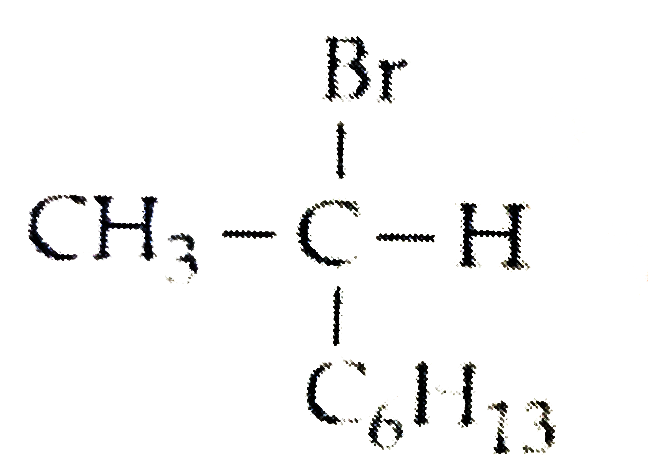
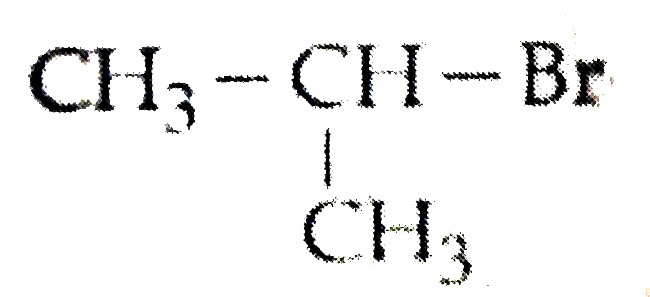
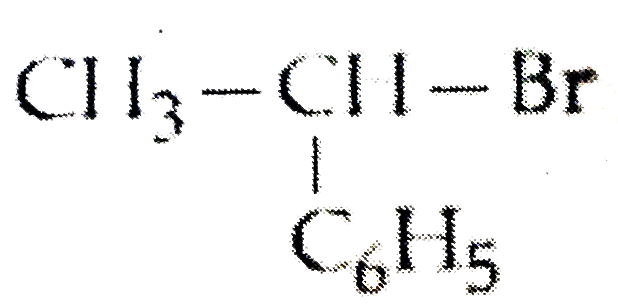
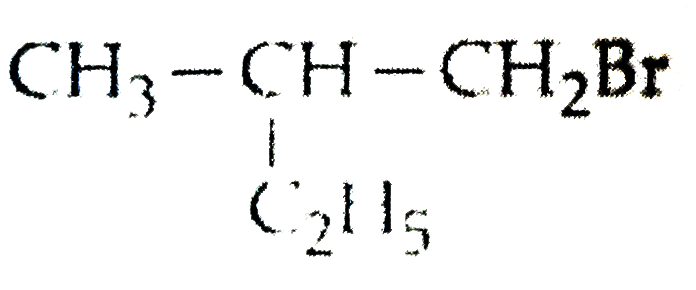
To determine which compound will show retention in configuration on nucleophilic substitution by the OH− ion, we need to analyze the mechanisms of nucleophilic substitution, particularly the SN1 mechanism, and how it affects the stereochemistry of the compounds involved.
1. Understanding Retention in Configuration:
- Retention occurs when the configuration of a chiral center remains the same after the nucleophilic substitution. If the starting compound is R and the product is also R, or if it is S and the product is also S, then we have retention.
2. Identifying the Mechanism:
- The nucleophilic substitution can occur via two main mechanisms: SN1 and SN2. In this case, we are focusing on the SN1 mechanism, which involves the formation of a carbocation intermediate.
3. Analyzing the Compounds:
- We will examine each option provided in the question to see which one leads to retention of configuration.
4. Option 1:
- The compound has a bromine atom (Br) attached to a carbon that is also connected to a chiral center. When Br leaves, it forms a carbocation. The OH− can attack from either side of the planar carbocation, leading to a racemic mixture (both retention and inversion). Thus, it does not show full retention.
5. Option 2:
- This compound is not optically active (no chiral center), so there is no configuration to retain. Therefore, it cannot be the answer.
6. Option 3:
- Similar to option 1, this compound also forms a carbocation upon the departure of Br. The OH− can attack from both sides of the planar carbocation, leading to a racemic mixture. Thus, it does not show full retention.
7. Option 4:
- This compound has a bromine atom attached to a carbon that can rearrange to form a more stable tertiary carbocation. The OH− can only attack from one side due to steric hindrance from the ethyl group. This results in retention of configuration because the product will have the same configuration as the starting compound.
8. Conclusion:
- The compound in option 4 will show retention in configuration upon nucleophilic substitution by the OH− ion.
Final Answer:
Option 4 is the compound that will show retention in configuration on nucleophilic substitution by OH− ion.
- Retention occurs when the configuration of a chiral center remains the same after the nucleophilic substitution. If the starting compound is R and the product is also R, or if it is S and the product is also S, then we have retention.
- The nucleophilic substitution can occur via two main mechanisms: SN1 and SN2. In this case, we are focusing on the SN1 mechanism, which involves the formation of a carbocation intermediate.
- We will examine each option provided in the question to see which one leads to retention of configuration.
- The compound has a bromine atom (Br) attached to a carbon that is also connected to a chiral center. When Br leaves, it forms a carbocation. The OH− can attack from either side of the planar carbocation, leading to a racemic mixture (both retention and inversion). Thus, it does not show full retention.
- This compound is not optically active (no chiral center), so there is no configuration to retain. Therefore, it cannot be the answer.
- Similar to option 1, this compound also forms a carbocation upon the departure of Br. The OH− can attack from both sides of the planar carbocation, leading to a racemic mixture. Thus, it does not show full retention.
- This compound has a bromine atom attached to a carbon that can rearrange to form a more stable tertiary carbocation. The OH− can only attack from one side due to steric hindrance from the ethyl group. This results in retention of configuration because the product will have the same configuration as the starting compound.
- The compound in option 4 will show retention in configuration upon nucleophilic substitution by the OH− ion.
Option 4 is the compound that will show retention in configuration on nucleophilic substitution by OH− ion.
Topper's Solved these Questions
Similar Questions
Knowledge Check
Which of the following compounds will give racemic mixture on nucleophillic substitution by OH− ion?
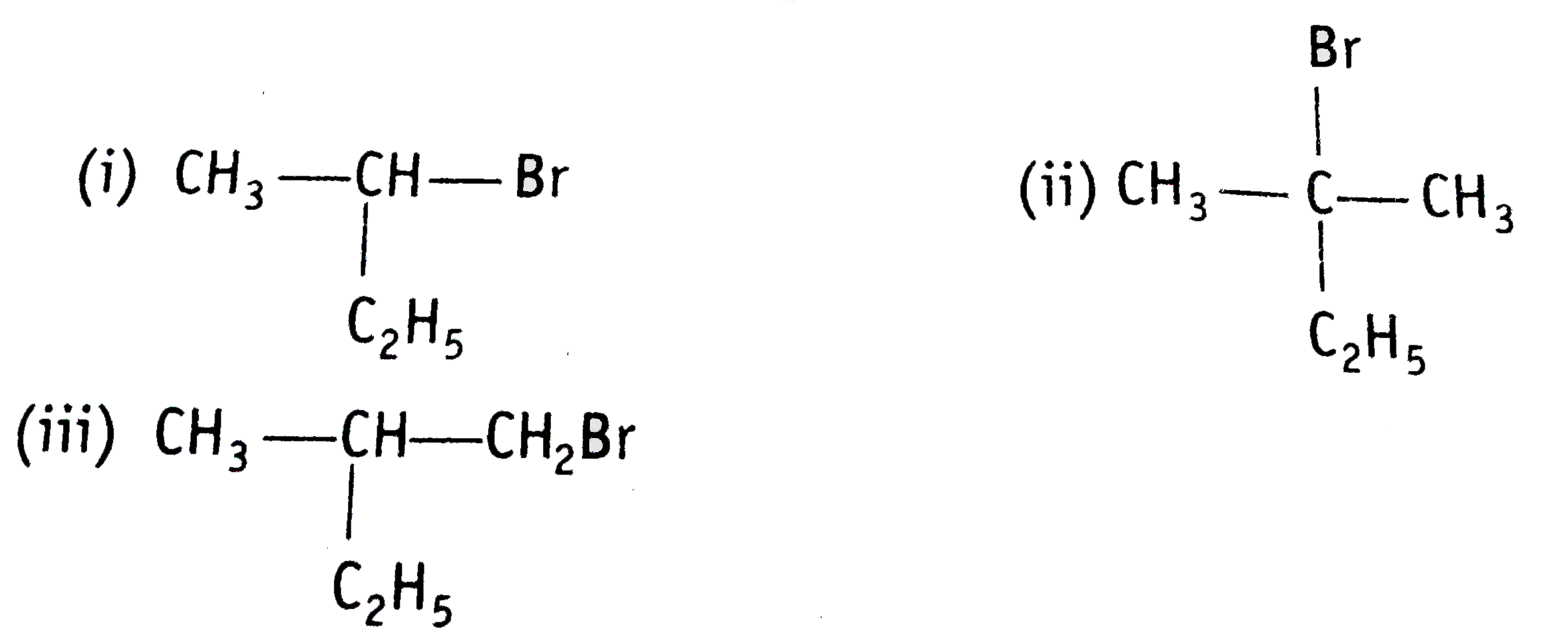 A(i)B(i), (ii) and (iii)C(ii) and (iii)D(i) and (iii)
A(i)B(i), (ii) and (iii)C(ii) and (iii)D(i) and (iii)Which of the following reactions proceeds with retention of configuration?
A B
B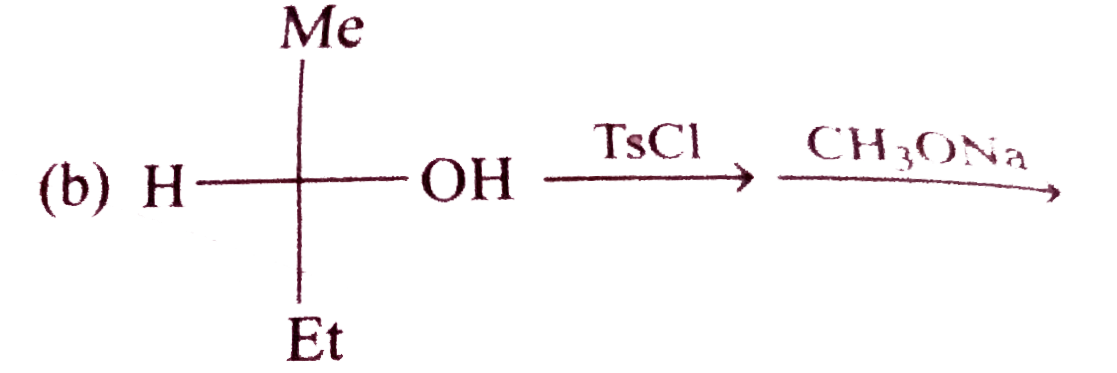 C
C D
D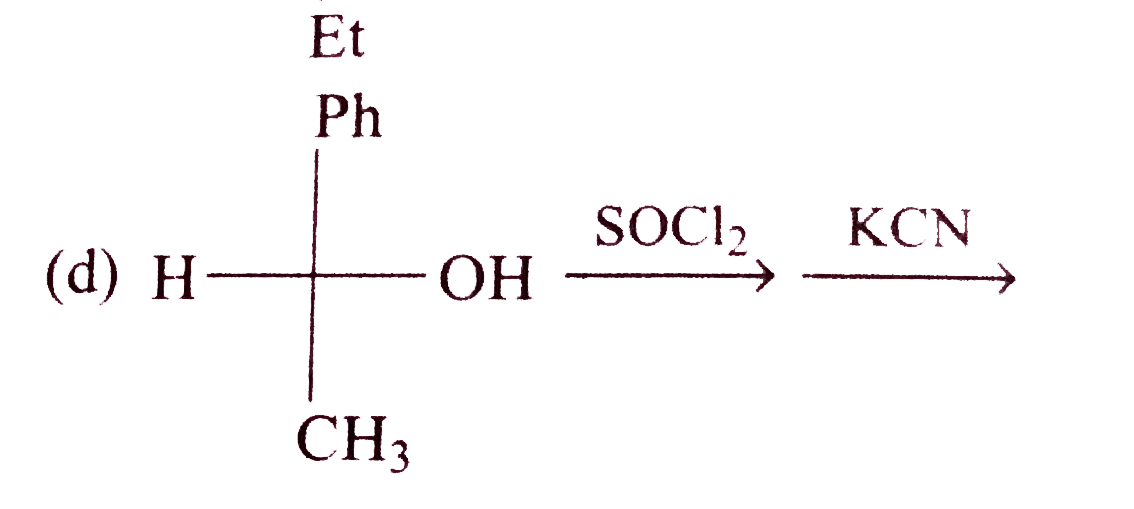
Which of the following compound or ion is planar?
ASF−5BSF4CSOF4DSF2
Which of the following compounds have planar molecular configuration?
View SolutionWhich of the following compound has 'S' configuration?
View SolutionWhich of the following compound has the functional group −OH
View SolutionWhich of the following shows the electronic configuration of Ca2+?
View SolutionWhich of the following compounds has Z configuration ?
(i)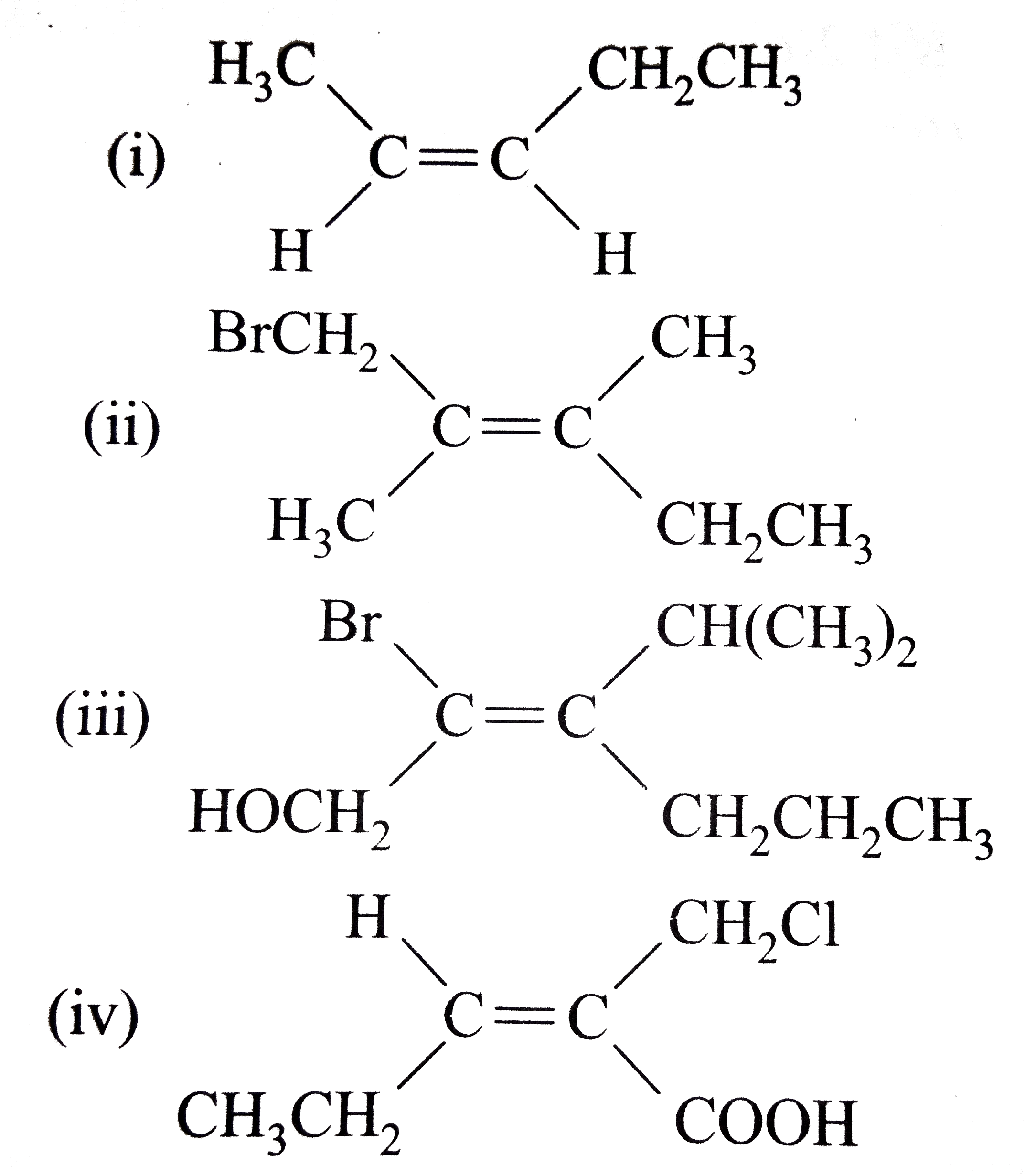
View Solution
